Top Things to Know Before Buying the Best Indoor Garden System
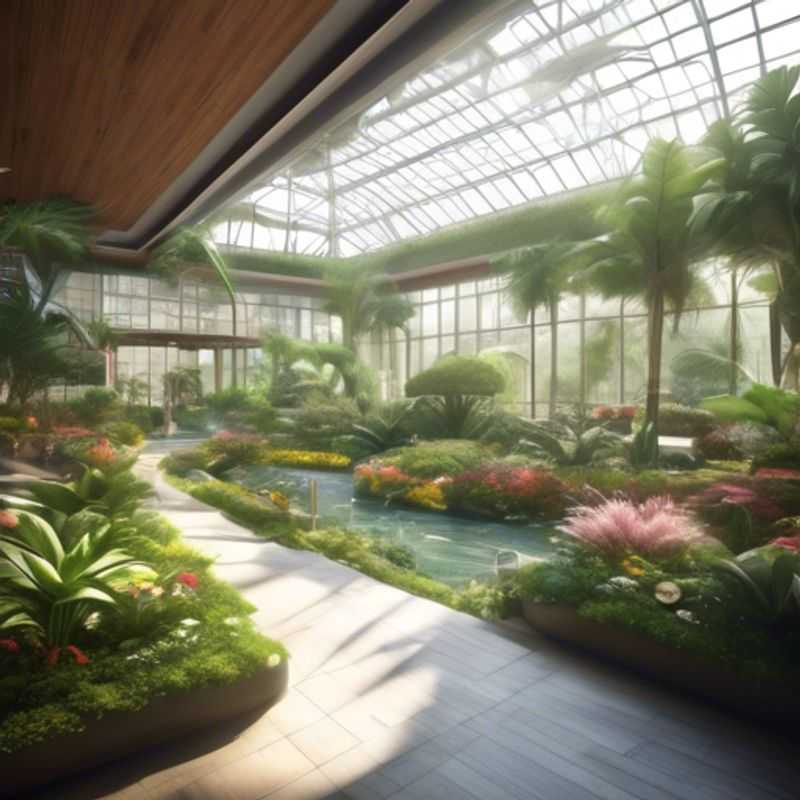
Top Things to Know Before Buying an Indoor Garden System: A Guide to Choosing the Right Setup
Bringing a lush garden indoors is a fantastic way to enjoy fresh produce and a touch of nature. However, before you dive into the world of indoor gardening, understanding the basics is crucial.
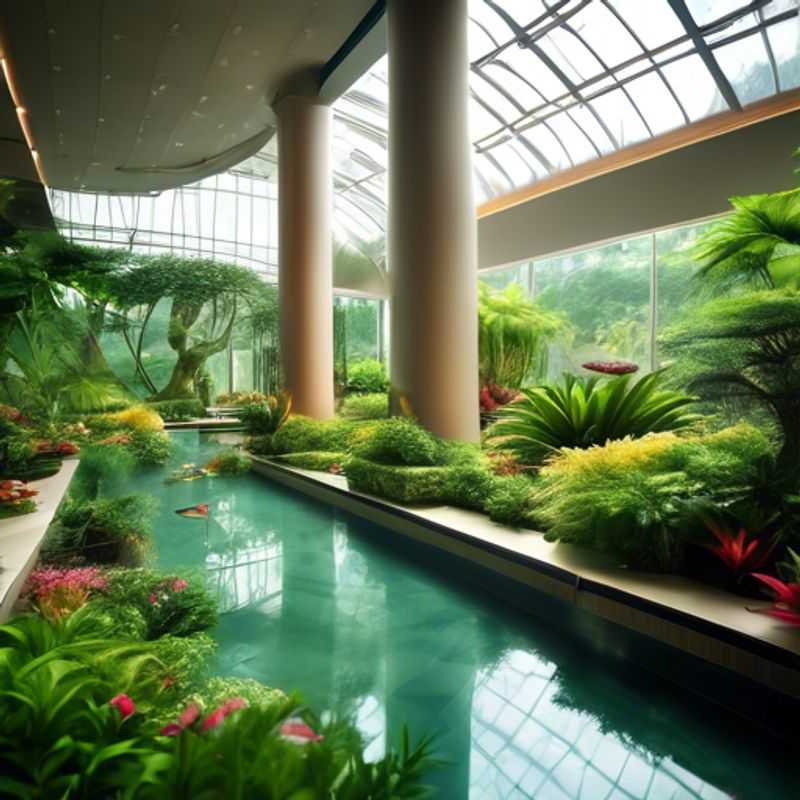
Indoor Garden Systems: Hydroponic, Aeroponic, and Soil-Based
Indoor gardening offers numerous benefits, including year-round fresh produce, controlled environments, and space-saving solutions. Choosing the right system depends on your preferences and resources. Here's a quick overview of popular indoor garden systems:
Hydroponics utilizes nutrient-rich water solutions to nourish plants without soil. This method allows for efficient water usage and faster growth. However, it requires precise nutrient control and monitoring. Hydroponic setups can range from simple DIY systems to advanced, automated setups.
Aeroponics is a more advanced technique where plant roots are suspended in air and misted with nutrient-rich solutions. This method enhances oxygen uptake and promotes rapid growth, but it demands careful system maintenance. Aeroponics can be more expensive than other methods.
Soil-based indoor gardening uses traditional soil as a growing medium. This method is relatively simple and cost-effective but may require more space and potentially higher water usage. However, soil-based systems offer a familiar and natural growing experience.
Consider your budget, space, and desired level of control when selecting an indoor garden system. Research specific systems and their associated costs, including initial setup and ongoing maintenance. Always ensure proper ventilation and sanitation for optimal growth and a healthy indoor environment.
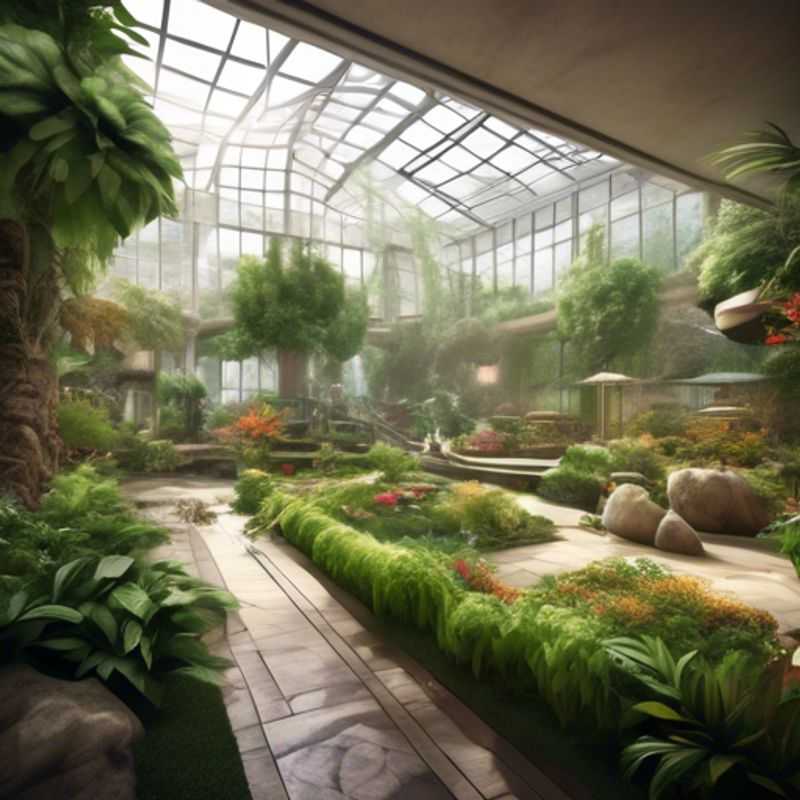
Sizing Up Your Needs: Choosing the Right HVAC System for Your Indoor Space
Choosing the right HVAC system for your home involves considering the size of your space. A system too small will struggle to cool or heat adequately, leading to inefficient operation and higher energy bills. Conversely, an oversized system cycles on and off frequently, wasting energy and potentially causing discomfort due to temperature swings.
To determine the appropriate system size, a professional assessment is recommended. This involves factors like insulation levels, window efficiency, and the number of occupants.
A heat load calculation considers these factors and provides an accurate estimate of the cooling or heating capacity needed for your home.
While getting professional help ensures accuracy, you can also find online calculators that provide a general idea of the system size needed based on your home's square footage. Remember, these online calculators are just estimates and don't account for specific factors like insulation or window efficiency.
When considering costs, remember that an undersized system might require frequent maintenance and repairs due to overworking. Conversely, an oversized system may lead to higher upfront costs due to a larger unit. Balancing these factors is crucial for making a cost-effective decision.
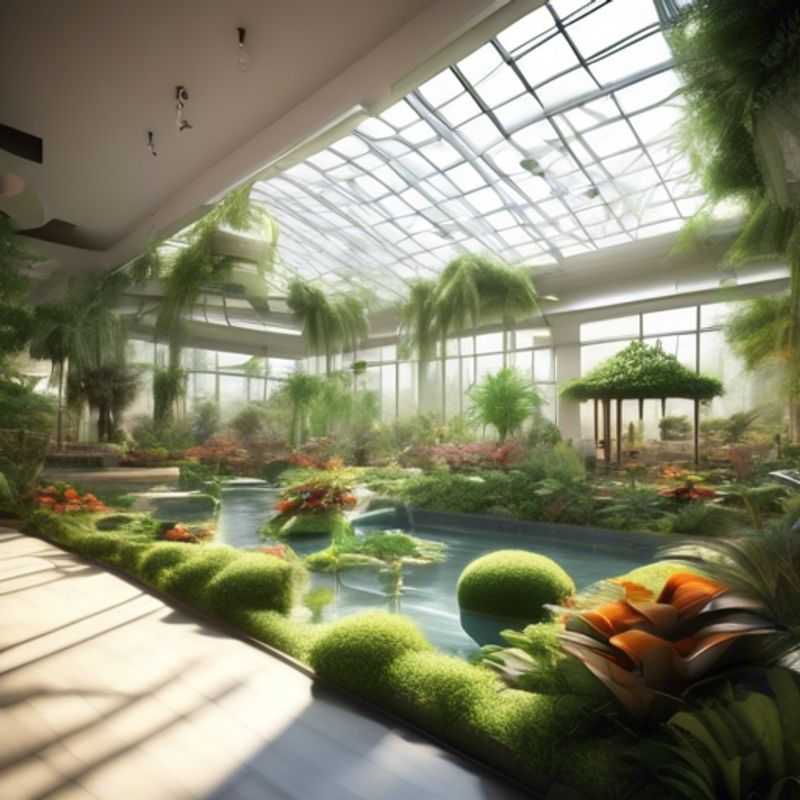
Indoor Garden Plants: Choosing the Right Species for Your Home
Before you start an indoor garden, researching the plants that will thrive in your space is crucial. Not all plants are created equal and some require more light, humidity, or specific temperatures than others. Here are some key things to consider when choosing plants for your indoor garden:
Light: How much natural light does your space receive? You can use a light meter to measure the light levels in your home. If you have low light, consider plants like snake plants, ZZ plants, or cast iron plants.
Humidity: Most indoor plants thrive in moderate humidity levels. If your home tends to be dry, consider placing your plants in a humid environment like the bathroom or kitchen. You can also use a humidifier to increase humidity.
Temperature: Most houseplants prefer temperatures between 65-75 degrees Fahrenheit. If you live in a climate with extreme temperatures, you may need to adjust your plant selection accordingly.
Space: Consider the size of your plants and their growth habits. Some plants grow tall and narrow, while others grow wide and bushy. It is crucial to choose plants that will fit comfortably in your space.
You can also use online resources like websites and plant identification apps to learn more about specific plants and their needs. Don't be afraid to ask for help at your local garden center or plant nursery. They can help you choose the right plants for your space and provide you with expert advice on care and maintenance.
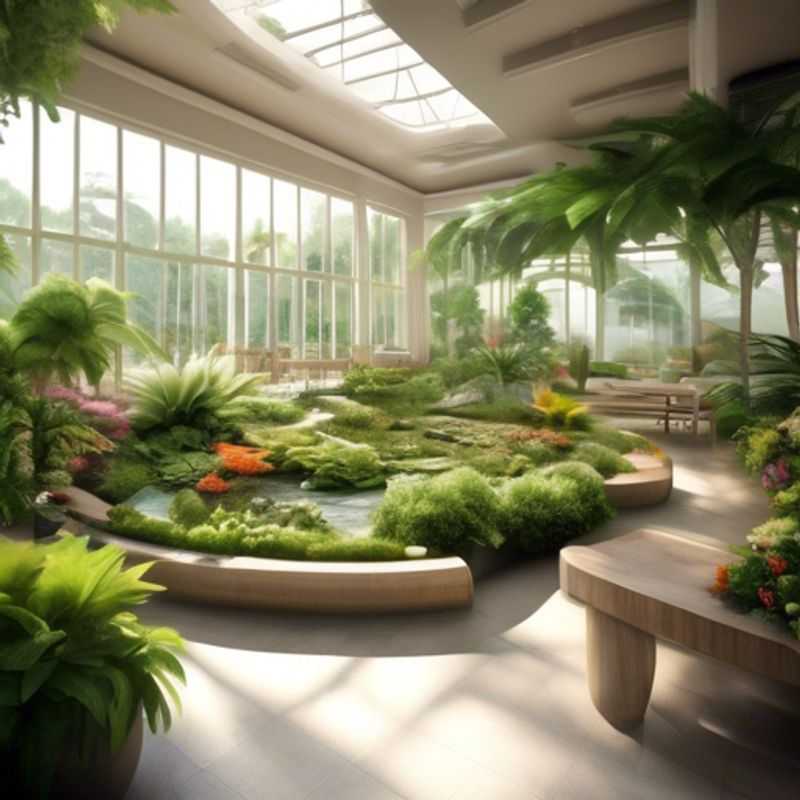
Environmental Control for Optimal System Performance
Ensuring that a system has adequate lighting, temperature, and humidity controls is crucial for creating a comfortable and productive environment. First, adequate lighting should be bright enough to reduce eye strain while being adjustable to cater to different tasks. Consider using LED lights for energy efficiency and longevity. For temperature control, maintaining a range between 68°F to 72°F (20°C to 22°C) is generally ideal for most settings. Implementing a reliable HVAC system can help regulate this effectively. Humidity levels should ideally be kept between 30% to 50% to prevent mold growth and ensure comfort. Using dehumidifiers or humidifiers can assist in maintaining these levels.
When planning for these controls, consider potential costs such as purchasing energy-efficient lighting, installing HVAC systems, and acquiring humidity control devices. Additionally, maintenance fees for these systems should be included in your budget. Regular checks and upgrades are also essential to ensure longevity and efficiency. By addressing these factors, you can create a conducive environment that promotes productivity and well-being.
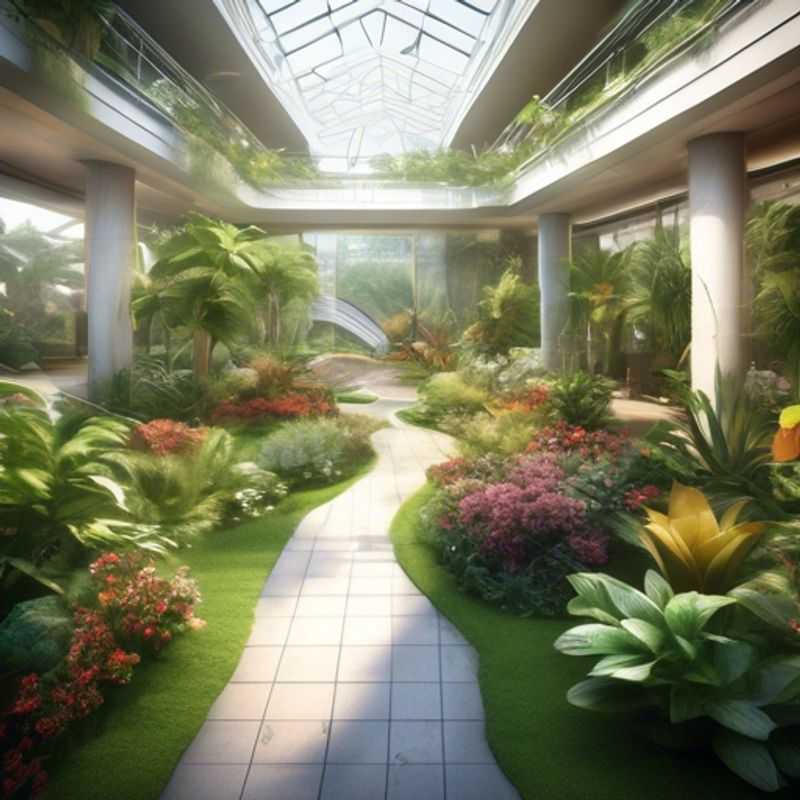
Essential Care for Your Garden: Watering, Nutrient Management, and Pest Control
Maintaining a healthy and thriving garden requires understanding and addressing the basic needs of your plants, which include watering, nutrient management, and pest control. Each of these aspects contributes to the overall well-being of your plants and influences their growth, yield, and resilience.
Watering is crucial for plant survival, providing the necessary moisture for their internal processes. The frequency and amount of water required vary depending on the specific plant species, the climate, and the soil type. Overwatering can lead to root rot, while underwatering can cause wilting and stress. Efficient watering techniques include using drip irrigation systems or soaker hoses to deliver water directly to the root zone, minimizing water loss through evaporation.
Nutrient management involves supplying plants with the essential nutrients they need for growth, such as nitrogen, phosphorus, and potassium. Soil tests can identify nutrient deficiencies, guiding you to choose the appropriate fertilizers and amendments. Organic fertilizers, such as compost and manure, are often preferred for their slow-release properties and soil-building benefits. Avoid over-fertilizing, which can damage roots and harm the environment.
Pest control involves managing pests that can damage your plants and reduce their yield. Integrated Pest Management (IPM) emphasizes a holistic approach, using a combination of cultural practices, biological controls, and chemical pesticides as needed. Observing your plants regularly for signs of pests can help you detect problems early. Employing beneficial insects and using natural pest control methods, such as insecticidal soap and neem oil, can reduce the need for synthetic pesticides.
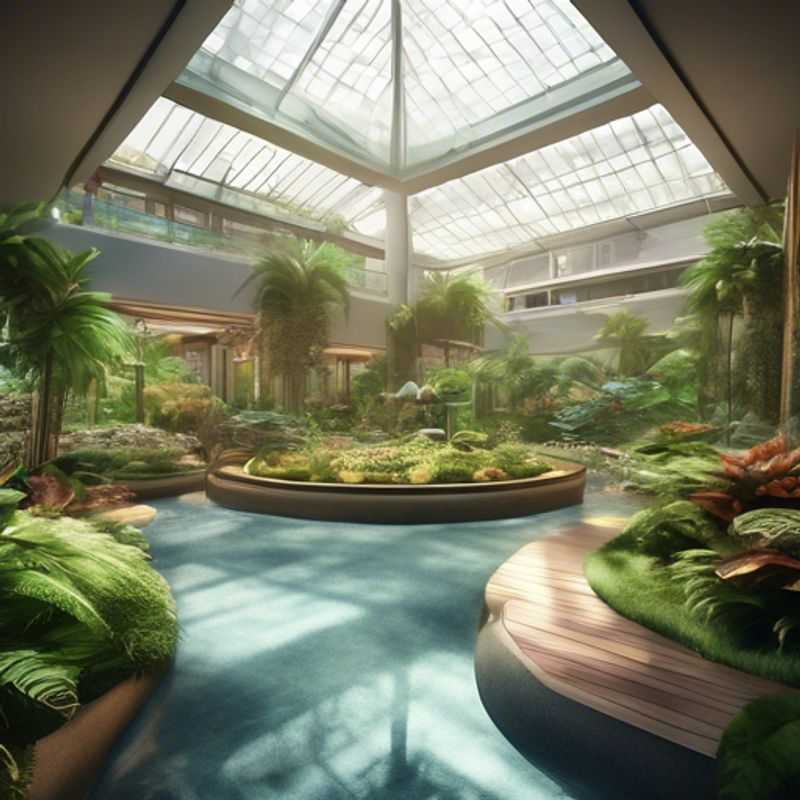
Unveiling the Energy Footprint: Investigating Indoor Garden System Costs
Investigating the energy consumption and operating costs of an indoor garden system is essential for making informed decisions about its feasibility and sustainability. Here's a breakdown of the key factors to consider:
Lighting: LED grow lights are the most energy-efficient option for indoor gardening. Consider the wattage and hours of operation needed for your plants. Some systems offer programmable timers for efficient energy usage.
Ventilation: Fans are crucial for maintaining proper airflow and temperature. Assess the power consumption of the fans and adjust their usage based on the ambient temperature and humidity levels.
Heating/Cooling: Indoor gardens often require temperature control. Consider the energy used by heating or cooling systems, depending on your climate.
Water Pumps: Pumping systems are needed for irrigation. Analyze the power consumption of your pump and the duration of its operation.
Other Electrical Components: Take into account the energy usage of any other electrical components, such as timers, sensors, or automated controls.
Operational Costs: Beyond electricity, consider the cost of water, nutrients, and any other supplies.
Efficient Practices: To reduce energy consumption and costs, maximize natural light, use reflective materials, and consider optimizing growing conditions for maximum plant yield.
Research and Comparison: Compare energy consumption and operating costs of different indoor garden systems available in the market. Consider the size, features, and efficiency of each option.
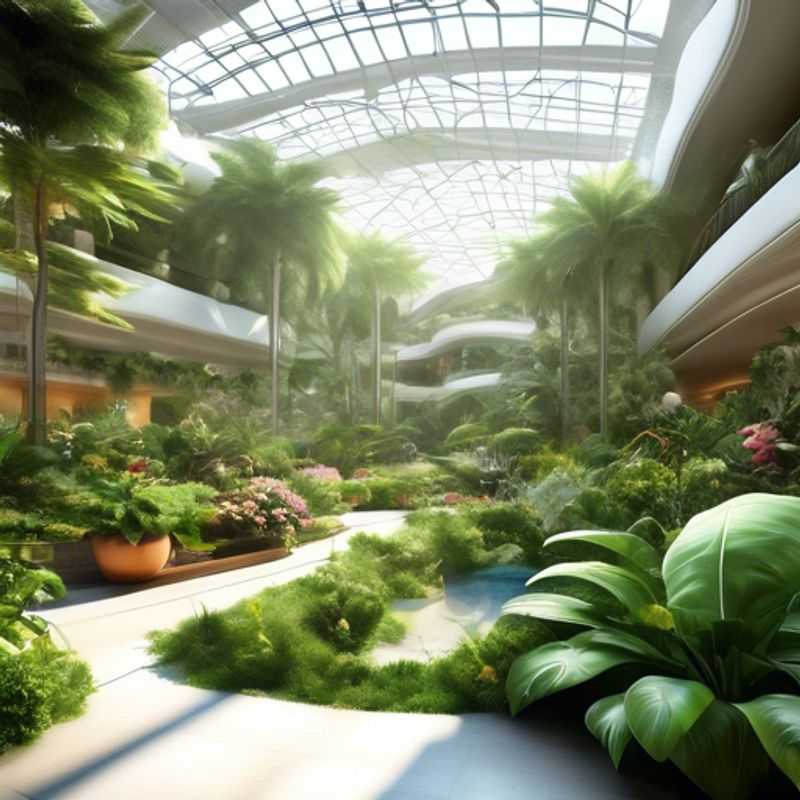
Indoor Gardening Laws: Checking Local Regulations for Your Green Oasis
Before you start an indoor garden, it's crucial to know your local regulations. Some areas might have restrictions on things like plant types, growing methods, or even the number of plants you can have. You can usually find this information through your local government's website or by calling your city hall. Be sure to check for any permits required, as these may involve fees.
Some common regulations might involve limitations on:
- Types of plants: Some areas restrict certain plants, like cannabis or plants that attract pests.
- Growing methods: You might find rules regarding hydroponics, or other methods of growing.
- Size and number of plants: There might be limitations on how many plants you can have or the overall size of your garden.
Following these regulations is important to avoid potential fines or legal issues. It's always best to be informed and compliant.
